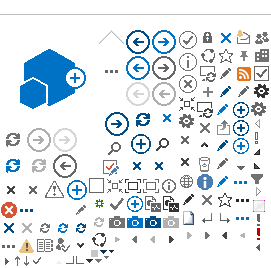While most homeowners are familiar with common risk areas and the technologies designed to mitigate them, relatively few have implemented these solutions in their own homes, according to The Hanover.
While most homeowners are familiar with common risk areas and the technologies designed to mitigate them, relatively few have implemented these solutions in their own homes, according to a report from The Hanover.
For independent insurance agents, the findings of the report—based on a survey of more than 1,100 U.S. homeowners conducted by The Harris Poll—open the door to important client conversations about loss prevention, home safety and technology adoption.
Non-weather-related water damage, one of the most frequent and expensive causes of home insurance claims, is a prime example. More than three-quarters (79%) of homeowners say they are aware of water sensors, and 76% are familiar with automatic water shutoff devices. Yet only 16% have installed sensors and just 13% have added automatic shutoff systems or confirmed their home already has them.
When it comes to protecting against structural damage, like wind and hail, the numbers tell a similar story. Sixty-one percent of homeowners say they are aware of fortified roofing materials and 59% know about wind-rated garages. However, just 17% have upgraded their roofs with stronger materials and only 10% have taken steps to ensure their garages are built to withstand wind damage.
On a positive note, more homeowners are checking their roofs—57% this year, compared to just 38% in 2024—indicating increased attention in response to industry outreach.
Fire safety, long considered a basic home maintenance priority, also shows room for improvement. Awareness of smoke detectors and fire alarms is nearly universal, at 99% and 97%, respectively. But only about two-thirds of homeowners say they've confirmed those devices are installed in their homes.
Further, regular fire prevention tasks, like cleaning dryer vents and maintaining HVAC systems, are being done by 62% and 57% of homeowners respectively—leaving a significant portion still at risk.
Homeowners can take simple steps that can make a big difference in loss prevention, the report says. These include installing affordable, easy-to-use water sensors and automatic shutoff devices; performing routine inspections on roofs, water heaters and HVAC systems; keeping gutters clear and trees trimmed to prevent storm damage; and staying current with basic fire safety practices like installing and maintaining smoke detectors and keeping dryer vents clean.
“As weather becomes more severe and risks evolve, it's more important than ever that homeowners take proactive measures to protect their homes and the significant financial investments they represent," said Daniel C. Halsey, president of personal lines at The Hanover. “Homeowners don't want to experience the stress and disruption that often accompany a loss. Taking care of properties can help reduce the impact."
“As an industry, we've made progress in educating customers, but there's still work to be done—especially when it comes to helping homeowners take action," Halsey added.
Will Jones is IA editor-in-chief.
